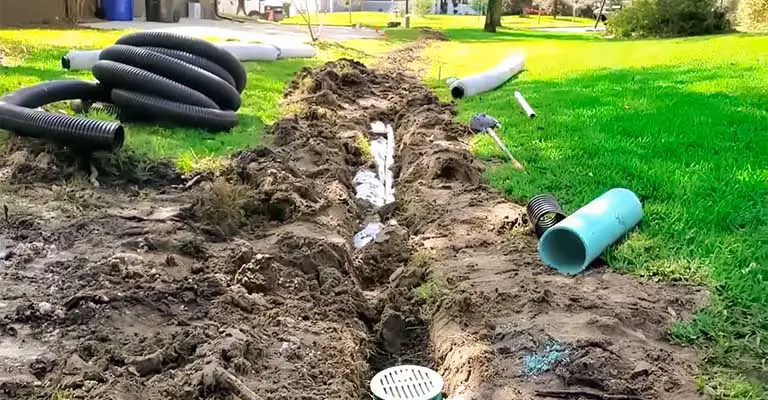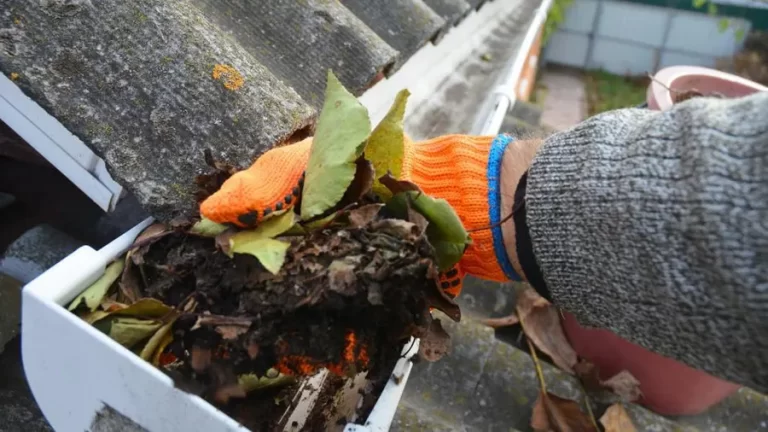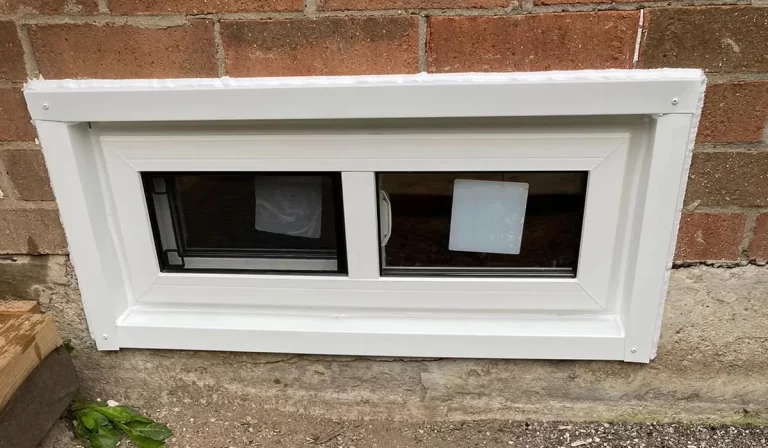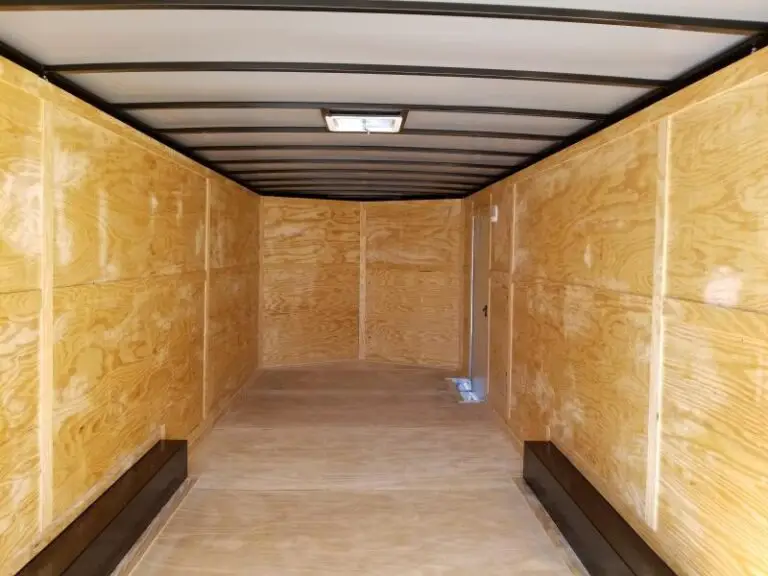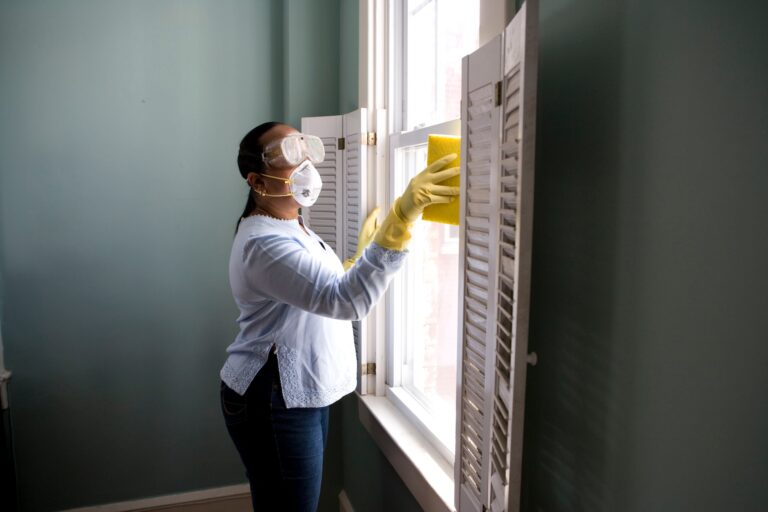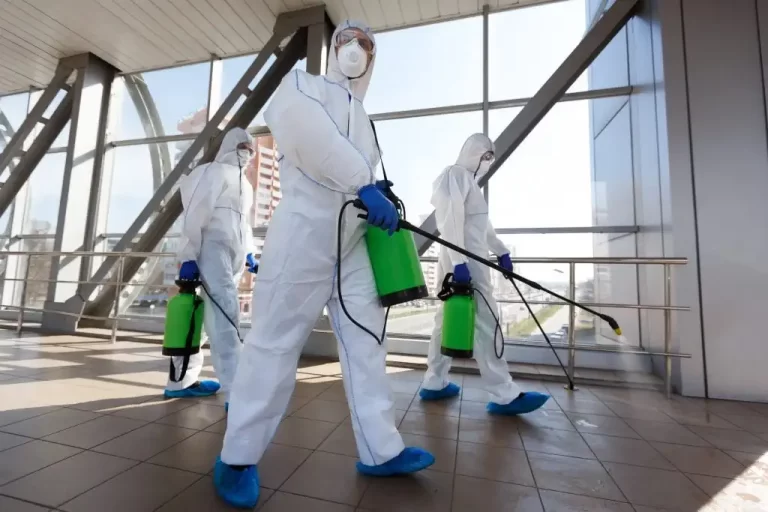How to Remove Sticky Residue from Glass
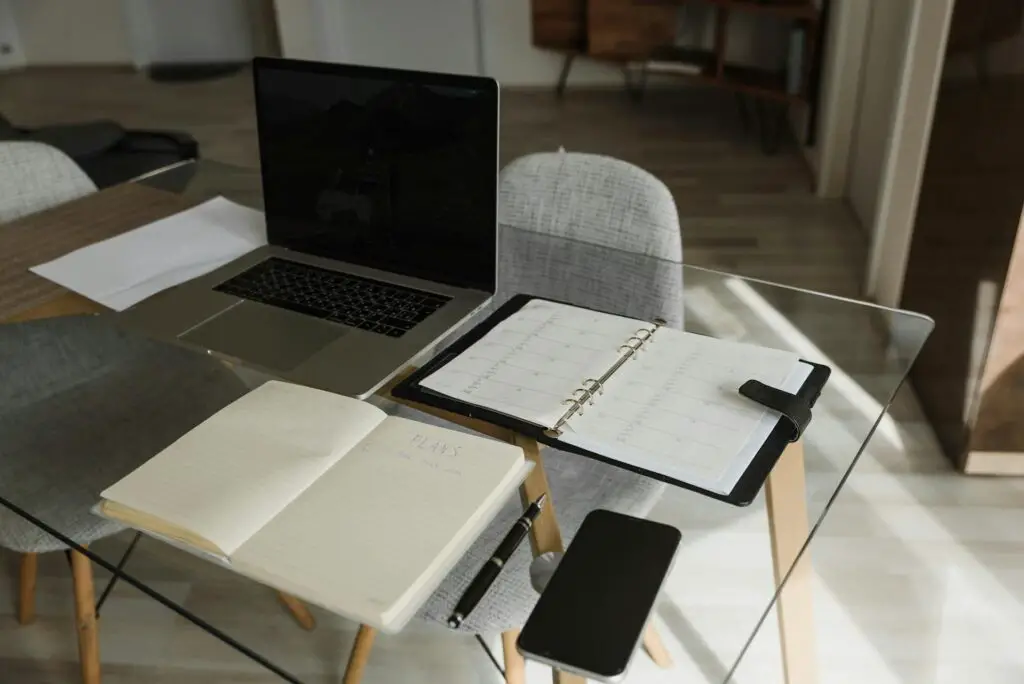
When it comes to cleaning glass surfaces, one of the biggest challenges is removing sticky residue. Whether it’s from a price tag, a sticker, or adhesive tape, the residue can be stubborn and difficult to remove. However, there are several effective methods that can make the process much easier.
One of the most common methods for removing sticky residue from glass is using rubbing alcohol. Simply apply a small amount of rubbing alcohol to a cotton ball or cloth and rub the residue until it begins to loosen. Another effective method is using a mixture of baking soda and water to create a paste. Apply the paste to the residue and let it sit for a few minutes before wiping it away with a damp cloth. These methods, along with others, can help to remove even the most stubborn sticky residue from glass surfaces.
Understanding Adhesives on Glass
When it comes to removing sticky residue from glass, it is important to understand the type of adhesive that was used and the factors that may affect its removal. Here are some key points to keep in mind:
Types of Sticky Residue
There are several types of adhesives that may leave residue on glass surfaces. Some common examples include:
- Tape residue: left behind by adhesive tapes such as duct tape, masking tape, or double-sided tape.
- Label residue: left behind by stickers or labels that were attached to the glass surface.
- Glue residue: left behind by glue or adhesive substances such as epoxy, superglue, or hot glue.
Each type of residue may require a different approach to removal, depending on the nature of the adhesive and the surface it is stuck to.
Factors Affecting Residue Removal
Several factors can affect the ease and effectiveness of removing sticky residue from glass, including:
- Age of the residue: the longer the adhesive has been stuck to the glass, the harder it may be to remove.
- Temperature: some adhesives may become more difficult to remove at lower temperatures, while others may soften and become easier to remove when heated.
- Type of glass: some types of glass may be more prone to scratches or damage during the removal process, so it is important to choose the right tools and methods for the job.
By understanding the type of adhesive and the factors that may affect its removal, you can choose the best approach for getting rid of sticky residue on glass surfaces.
Common Household Remedies
Vinegar Solution
One of the most popular and effective ways to remove sticky residue from glass is by using a vinegar solution. To make this solution, mix equal parts of white vinegar and water in a spray bottle. Spray the solution onto the affected area and let it sit for a few minutes. Then, use a soft cloth or sponge to wipe away the residue. For tougher residue, you can try using a scrub brush or a plastic scraper.
Baking Soda Paste
Another common household remedy for removing sticky residue from glass is by using a baking soda paste. To make the paste, mix equal parts of baking soda and water until it forms a thick, spreadable paste. Apply the paste onto the residue and let it sit for a few minutes. Then, use a soft cloth or sponge to wipe away the residue. For tougher residue, you can try using a scrub brush or a plastic scraper.
Oil-Based Methods
Oil-based methods can also be used to remove sticky residue from glass. Simply apply a small amount of oil, such as vegetable oil or coconut oil, onto the residue and let it sit for a few minutes. Then, use a soft cloth or sponge to wipe away the residue. For tougher residue, you can try using a scrub brush or a plastic scraper. Be sure to clean the glass thoroughly afterward to remove any leftover oil residue.
Commercial Cleaners and Tools
When it comes to removing sticky residue from glass, there are a variety of commercial cleaners and tools available. Here are a few options to consider:
Specialty Adhesive Removers
Specialty adhesive removers are products designed specifically for removing sticky residue. They are available in a variety of formulas, including citrus-based, alcohol-based, and solvent-based.
One popular option is Goo Gone, which is a citrus-based adhesive remover. It is safe for use on glass and can be effective at removing even the toughest adhesive residue. Another option is 3M Adhesive Remover, which is a solvent-based formula that is designed to dissolve and remove adhesive residue.
When using specialty adhesive removers, be sure to follow the manufacturer’s instructions carefully. It is also a good idea to test the product on a small, inconspicuous area of the glass first to ensure that it does not damage the surface.
Razor Blades and Scrapers
For stubborn adhesive residue that is difficult to remove with a cleaner, a razor blade or scraper can be a useful tool. These tools should be used with caution, as they can scratch or damage the glass if not used properly.
To use a razor blade or scraper, hold the tool at a slight angle and gently scrape the residue off the surface of the glass. Be sure to use a light touch and avoid applying too much pressure. It may be helpful to use a lubricant, such as water or a glass cleaner, to help loosen the residue before using the blade or scraper.
When using a razor blade or scraper, it is important to wear gloves and eye protection to avoid injury. It is also important to use a new blade or scraper to avoid dull edges that can cause damage to the glass.
Preventive Measures and Tips
Avoiding Residue Buildup
Preventing sticky residue buildup on glass is the best way to avoid the hassle of removing it later. One way to do this is to avoid placing stickers or labels on glass surfaces whenever possible. If you must place a sticker on glass, choose a location that is easy to clean and won’t leave behind a residue.
Another way to prevent residue buildup is to clean glass surfaces regularly. Dust and dirt can attract and hold onto sticky residue, making it harder to remove. Regular cleaning with a microfiber cloth and a gentle glass cleaner can help prevent residue buildup.
Proper Application and Removal of Stickers
Proper application and removal of stickers can also help prevent residue buildup on glass surfaces. When applying a sticker, make sure the surface is clean and dry before placing it. Smooth out any bubbles or wrinkles to ensure good adhesion.
To remove a sticker, start by peeling it off as gently as possible. If it’s difficult to remove, try using a hairdryer to warm up the adhesive. Once the sticker is removed, use a glass cleaner and a microfiber cloth to clean the surface and remove any remaining residue.
By following these simple preventive measures and tips, you can keep your glass surfaces free of sticky residue.
Frequently Asked Questions (FAQs)
What is the most effective method for removing sticky tape residue from glass surfaces?
The most effective method for removing sticky tape residue from glass surfaces is to use a solvent-based cleaner. Products containing isopropyl alcohol, acetone, or vinegar can be used to dissolve the adhesive residue. Apply the solvent to the affected area and let it sit for a few minutes before wiping it away with a clean cloth.
Can you suggest a natural solution for dissolving adhesive on glass items?
Yes, there are several natural solutions that can dissolve adhesive on glass items. One effective solution is to use a mixture of baking soda and coconut oil. Mix the two ingredients together to form a paste and apply it to the affected area. Let it sit for a few minutes before wiping it away with a clean cloth. Another option is to use a mixture of vinegar and water. Apply the mixture to the affected area and let it sit for a few minutes before wiping it away with a clean cloth.
What are the steps to clean sticky residue from a glass window without causing damage?
To clean sticky residue from a glass window without causing damage, start by using a scraper or razor blade to remove as much of the residue as possible. Be careful not to scratch the glass. Next, apply a solvent-based cleaner to the affected area and let it sit for a few minutes before wiping it away with a clean cloth. Repeat this process as necessary until the residue is completely removed.
Which solvents are recommended for eradicating glue from glass effectively?
Solvents containing isopropyl alcohol, acetone, or vinegar are recommended for eradicating glue from glass effectively. These solvents dissolve the adhesive, making it easier to wipe away with a clean cloth.
How can I clear sticker residue from a glass jar without leaving marks?
To clear sticker residue from a glass jar without leaving marks, start by using a scraper or razor blade to remove as much of the residue as possible. Next, apply a solvent-based cleaner to the affected area and let it sit for a few minutes before wiping it away with a clean cloth. If there are still marks left behind, try using a mixture of baking soda and water to scrub the area clean.
What is the best way to deal with sticky residue on a car windshield?
The best way to deal with sticky residue on a car windshield is to use a solvent-based cleaner. Products containing isopropyl alcohol, acetone, or vinegar can be used to dissolve the adhesive residue. Apply the solvent to the affected area and let it sit for a few minutes before wiping it away with a clean cloth. Be sure to test the cleaner on a small, inconspicuous area first to make sure it doesn’t damage the windshield.
Conclusion
Mastering how to get sticky residue off glass can transform your cleaning routine, making your glass jars and surfaces shine like new. Whether you’re using a safety box cutter to gently scrape, applying a few drops of nail polish remover, or opting for several commercial adhesive removers, remember to follow the label directions carefully. For a more gentle approach, soapy water coupled with a paper towel can be effective, especially when finished off with a lint-free microfiber towel for that streak-free shine. By incorporating these methods, you can efficiently remove sticker residue and maintain the clarity and cleanliness of your glass items.

